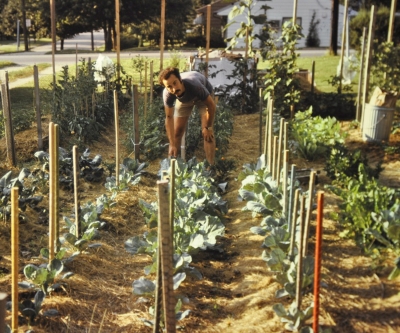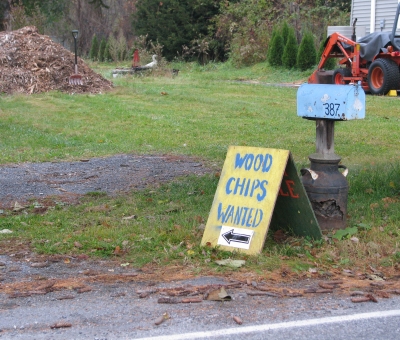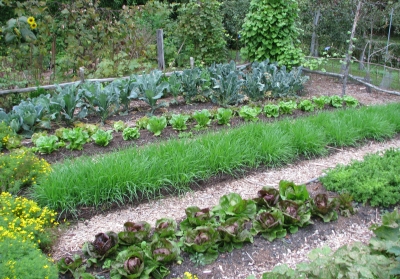GOOD FOR CROPS, GOOD FOR THE EARTH
How to be a Good Gardener/Farmer, Simplified
“The poor farmer grows weeds, the mediorcre farmer grows crops, the good farmer grows soil.” How true, when I think of the good farmers and gardeners I’ve visited over the years. I aspire to be a good farmdener and spend a lot of time trying to grow soil.
Growing soil isn’t all that complicated. (You do need to start with good drainage of water.)
First, keep the ground covered. Organic mulches, such as leaves, straw, and wood shavings, keep rain from pounding the surface. The pounding drives small soil particles into pores, sealing the soil surface so water can’t percolate in. Bacteria, fungi, worms, and other soil organisms gobble up organic mulches, releasing nutrients and forming humus, which improves percolation and moisture retention, and makes room also for air in the soil. In my gardens, I never want to see bare ground.
Live plants likewise protect the ground. The plants might be cabbages, marigolds, carrots, and other garden plants. They might be cover crops, such as rye, oats, peas, or buckwheat, sown specifically to clothe and protect the ground during or at the end of the growing season, and through winter. They might even be weeds — Mother Nature’s way of protecting her soil.
Second, maintain soil organic matter. Mulches do this, as do growing plants. I go one step further, and import organic matter. Bushel after bushel of leaves that have been raked and bagged by neighbors are collected are unbagged and unraked once they arrive here. Leaves that have been vacuumed into a landscaper’s large truck and then left here in a pile get unpiled here one pitchfork and garden cart at a time.
I also pitchfork horse manure into the bed of my pickup truck at a local stable. Mostly, that manure is transmuted into compost and then slathered onto beds in the vegetable garden.
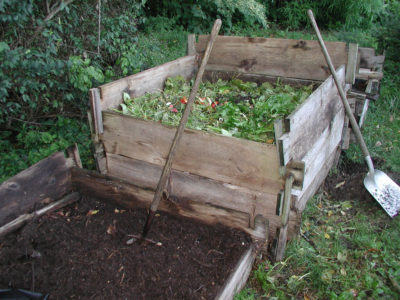
Compost, in the making
I also import — really just transfer — some organic material from one part of my property to another. My small hayfield gets mowed once a year by tractor to keep it from becoming forest but parts of it I periodically scythe, these mowings to feed, along with the horse manure (and kitchen waste, old garden plants, etc.), compost piles.
The third key to growing soil is to maintain fertility. A soil test can confirm what, if anything, is needed. If the first and second points in growing soil are followed, fertility is probably up to snuff.
And finally, the fourth key to growing soil: Minimize soil disturbance, avoiding tillage or, at least, excessive tillage. Tillage mixes so much oxygen into the ground that soil organisms go into a feeding frenzy, in so doing gobbling up organic matter too fast. Thus, many of the above benefits, physical, biological, and nutritional, waft away, literally, as carbon dioxide.
Farming and gardening aren’t “natural.” At their best, they are a balancing act that leans towards emulating natural systems. Which is to say, for instance, that tillage, is not all bad; it can be part of good soil growing if not done to excess and points one, two, and three are followed.
A measure of “organic matter content” (OMC), from a soil test, provides a rough indication of soil growing progress. Less than 3% means more work is needed. Five percent, or more, is very good. (My vegetable beds are at about 15%.)
Blue-Green Algae Redux
Last week’s notes about the darker side — and the brighter side — of blue-green algae may have left everyone feeling helpless. After all, you can’t change the hot dry weather that is, in part, responsible for the current blooms. But nitrogen, phosphorus, and other minerals washing into waterways to feed the bacteria also play a role, and it’s something over which we have control.
Improper septic systems are one culprit.
More topical culprits are mineral nutrients originating in backyards and farm fields. Too many farmers and homeowners subscribe to the philosophy that “if a little is good, more is better,” when it comes to fertilizer. Not so. Too much fertilizer not only is a waste of money; it damages or kills plants and, with rain, leaches through or runs off the soil to eventually find its way into waterways. A soil test will tell what nutrients, if any, are needed.
Even better, if fertilizer is needed, is to use an organic fertilizer. Most are not water soluble until metabolized by soil organisms, which means they are less likely to wash through the soil.
Better still would be to use compost to provide fertility. Nutrients in compost are locked up physically and chemically, waiting to be released by soil life in synch with plant uptake and growth.
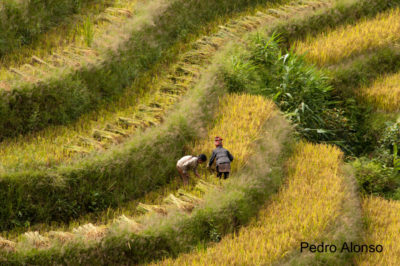
Terraced field in Viet Nam
Phosphorus is a plant nutrient that binds tightly to soil granules, but makes its way downhill when rain washes over bare soil to move it downslope. One way to keep this nutrient out of waterways is to keep the soil covered with mulch or vegetation, especially on sloping land. Another way is to avoid exposing soil by tillage. Another way, if tillage is needed, is to till perpendicularly to the fall line of a slope. And yet another way is to alternate tilled areas with grassy strips to catch and hold soil.
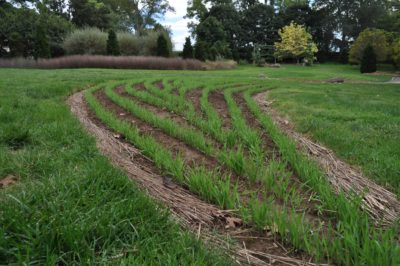
Rye cover crop
Do a lot of these recommendations — mulches, cover crops, composts, no-till — for preventing blue-green algae blooms sound familiar? Good gardening and farming practices are also good for the environment.

